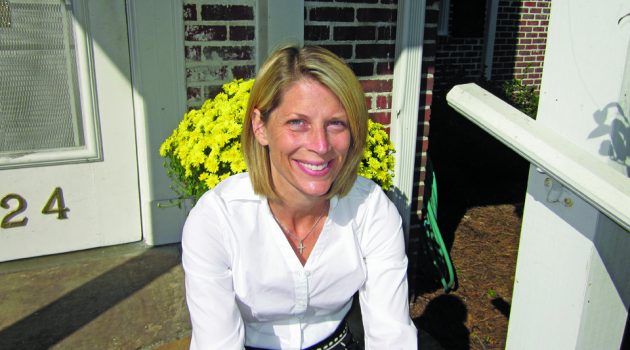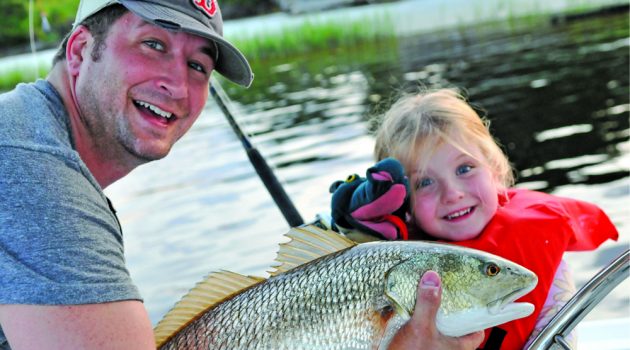Dr. Leslie Kaplan
By Julie Kerns Garmendia Resident Community News Leslie Kaplan was introduced to CISV (Children’s International Summer Villages) when her two sons, Alexander, 15, and Jeremiah, 13, participated in the cross-cultural program to promote peace and understanding among youth. Both boys traveled to Denmark to stay with host families. Leslie teaches Folklore & Folklife at UNF […]
Frances Hutto

By Julie Kerns Garmendia Resident Community News Frances Hutto first experienced Children’s International Summer Villages (CISV) as a 14-year-old when her family hosted a youth from Brazil. The next year, at 15, she traveled to Sao Paulo, Brazil in a reciprocal stay with her exchange family. At 17, Hutto traveled once again to Brazil, to […]
The Miller Brothers

Scrolling through pictures on my cell phone taken over the past year I am reminded how fortunate we are to live in such a great part of Florida. An occasional glance through an old photo album such as this can serve as a reminder of great times shared with family. Additionally, it can inspire us […]
Go Givers: Ellen Olson
By Julie Kerns Garmendia Resident Community News When Tony Cruz, St. Mark’s Evangelical Lutheran Church Music Director and Cantor, suggested that members Ellen and Eric Olson should start a chamber music group and do a concert series, Ellen saw several opportunities. One of those opportunities was to raise money to benefit the Juvenile Diabetes Research […]
Merritt Island in November
By Nathan & Ted Miller Merritt Island National Wildlife Refuge is a major migratory destination for wintering ducks along our Atlantic flyway. It consists of 140,000 acres of saltwater estuaries and marshes, and freshwater impoundments, and is roughly a two-hour drive from Jacksonville. My father introduced my brothers and me to Merritt Island at early […]
John “Jack” Kopp
By Julie Kerns Garmendia Resident Community News Not many 90-year-olds are able to celebrate that milestone birthday with co-workers on the job, but St. Vincent’s volunteer John “Jack” Kopp recently did just that. Kopp first retired to Sarasota in 1980 after working in the family manufacturing business, Kopp Clay Company in Ohio. The company was […]
Robinson fights cancer through volunteer efforts
By Julie Kerns Garmendia Resident Community News Valerie Robinson, 51, followed a path from Toronto to Manhattan then to Jacksonville, largely due to meeting her husband William, 67, a Jacksonville native, while on vacation in Key West. The couple met at the Margaritaville Bar at exactly 5 p.m. on May 19, 1995 – a date […]
October marks fall flounder fishing
By Nathan & Ted Miller – The month of October is one of my favorite times of the year. Football season (both college and the Jaguars) are in full swing and the weather begins to shift towards cooler temperatures. It also brings a little excitement for kids with the much-anticipated trip to the pumpkin patch […]





